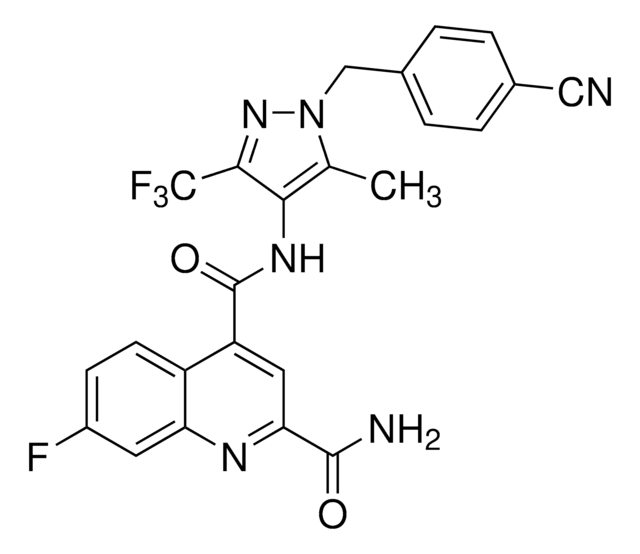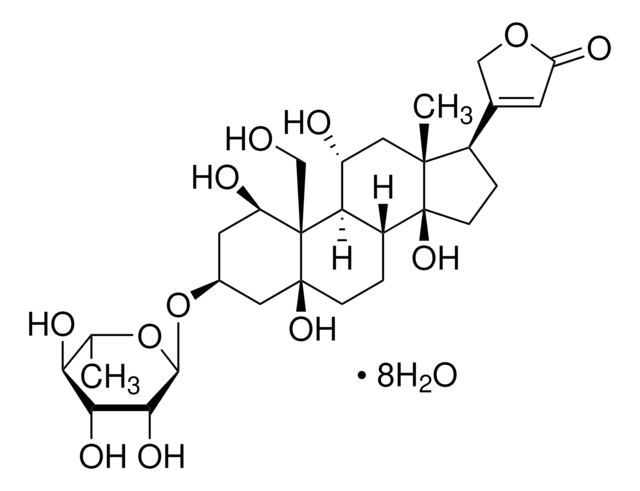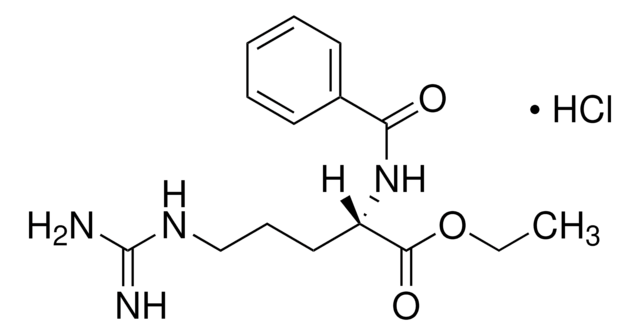P3449
Phloridzin dihydrate
from apple wood, ≥99% (HPLC)
Synonyme(s) :
1-[2-(β-D-Glucopyranosyloxy)-4,6-dihydroxyphenyl]-3-(4-hydroxyphenyl)-1-propanone, Phloretin 2′-β-D-glucopyranoside, Phloretin 2′-β-D-glucoside, Phlorizin dihydrate
About This Item
Produits recommandés
Source biologique
apple wood
Pureté
≥99% (HPLC)
Forme
powder
Pf
113-114 °C (lit.)
Chaîne SMILES
O.O.OC[C@H]1O[C@@H](Oc2cc(O)cc(O)c2C(=O)CCc3ccc(O)cc3)[C@H](O)[C@@H](O)[C@@H]1O
InChI
1S/C21H24O10.2H2O/c22-9-16-18(27)19(28)20(29)21(31-16)30-15-8-12(24)7-14(26)17(15)13(25)6-3-10-1-4-11(23)5-2-10;;/h1-2,4-5,7-8,16,18-24,26-29H,3,6,9H2;2*1H2/t16-,18-,19+,20-,21-;;/m1../s1
Clé InChI
XQWBNXSENPTIDY-YXMARJSJSA-N
Vous recherchez des produits similaires ? Visite Guide de comparaison des produits
Application
- a Na+-glucose cotransport inhibitor to test its effect in lowering blood glucose
- a hexose carrier inhibitor to prevent glucose derivative 2-(N-(7-nitrobenz-2-oxa-1,3-diazol-4-yl)amino)-2-deoxyglucose (2-NBDG) uptake in sycamore cells
- a non-specific sodium-glucose co-transporter 2 (SGLT2) inhibitor in embryonic cardiomyocyte cell line H9C2 to investigate its protective effect on Dox-induced cytotoxicity
Actions biochimiques/physiologiques
Caractéristiques et avantages
Autres remarques
Mention d'avertissement
Warning
Mentions de danger
Conseils de prudence
Classification des risques
Eye Irrit. 2 - Skin Irrit. 2 - STOT SE 3
Organes cibles
Respiratory system
Code de la classe de stockage
11 - Combustible Solids
Classe de danger pour l'eau (WGK)
WGK 3
Point d'éclair (°F)
Not applicable
Point d'éclair (°C)
Not applicable
Équipement de protection individuelle
dust mask type N95 (US), Eyeshields, Gloves
Certificats d'analyse (COA)
Recherchez un Certificats d'analyse (COA) en saisissant le numéro de lot du produit. Les numéros de lot figurent sur l'étiquette du produit après les mots "Lot" ou "Batch".
Déjà en possession de ce produit ?
Retrouvez la documentation relative aux produits que vous avez récemment achetés dans la Bibliothèque de documents.
Les clients ont également consulté
Articles
We presents an article about the Warburg effect, and how it is the enhanced conversion of glucose to lactate observed in tumor cells, even in the presence of normal levels of oxygen. Otto Heinrich Warburg demonstrated in 1924 that cancer cells show an increased dependence on glycolysis to meet their energy needs, regardless of whether they were well-oxygenated or not.
We presents an article about the Warburg effect, and how it is the enhanced conversion of glucose to lactate observed in tumor cells, even in the presence of normal levels of oxygen. Otto Heinrich Warburg demonstrated in 1924 that cancer cells show an increased dependence on glycolysis to meet their energy needs, regardless of whether they were well-oxygenated or not.
Notre équipe de scientifiques dispose d'une expérience dans tous les secteurs de la recherche, notamment en sciences de la vie, science des matériaux, synthèse chimique, chromatographie, analyse et dans de nombreux autres domaines..
Contacter notre Service technique
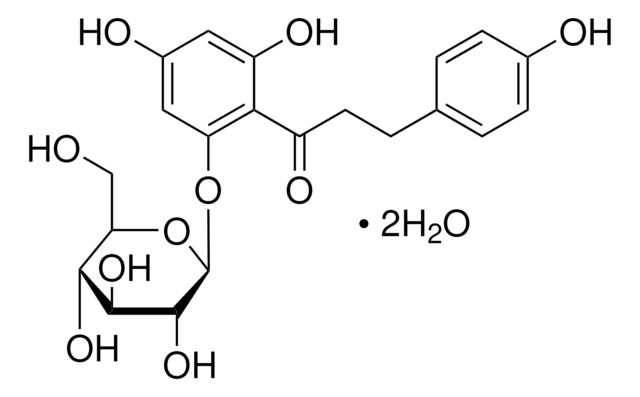

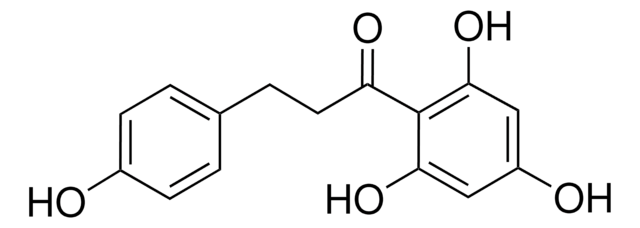
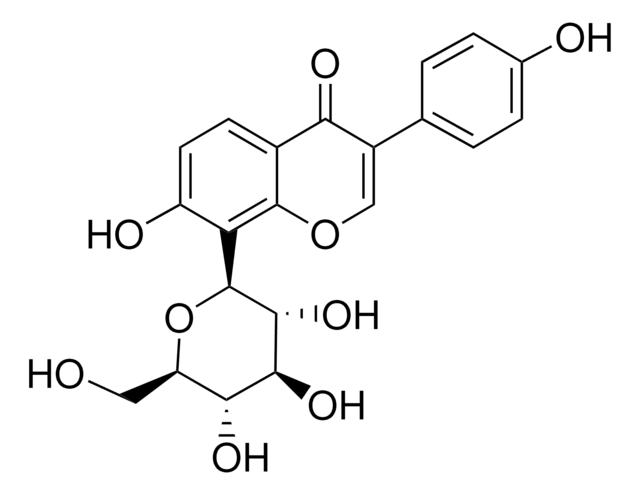

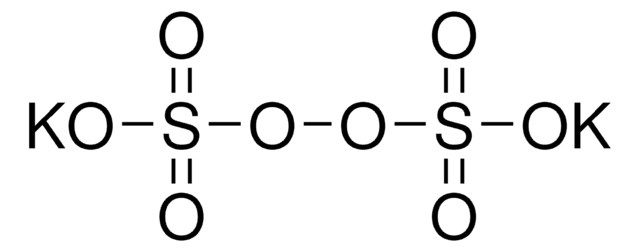
![[2-(Methacryloyloxy)ethyl]dimethyl-(3-sulfopropyl)ammonium hydroxide 95%](/deepweb/assets/sigmaaldrich/product/structures/217/219/73c91e1c-0ee4-4b3d-bead-a6dc3d09d1da/640/73c91e1c-0ee4-4b3d-bead-a6dc3d09d1da.png)

